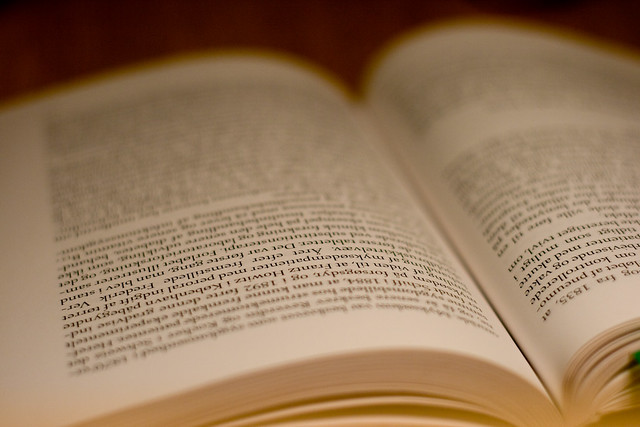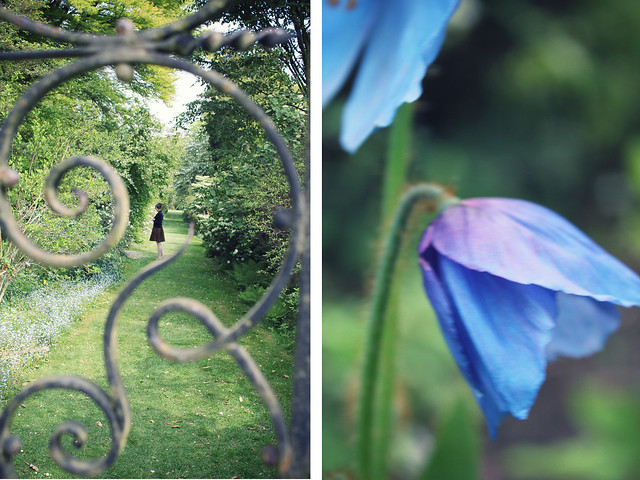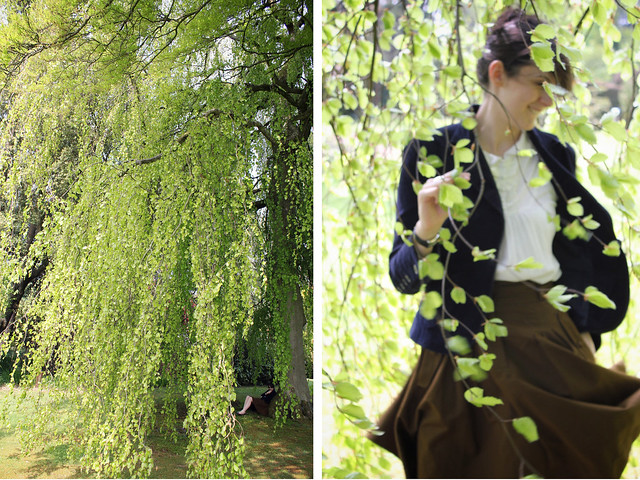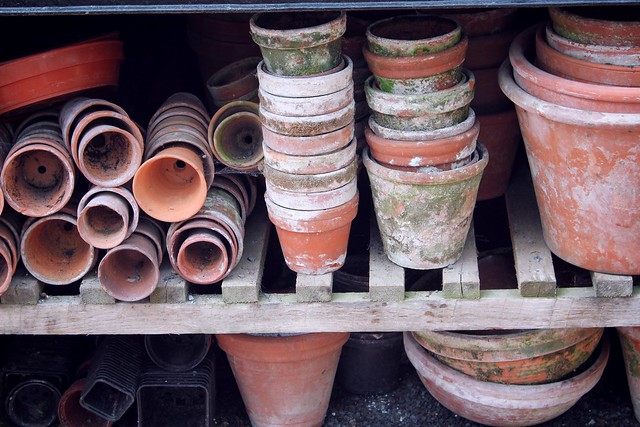Lately, I can't seem to escape news and features on Mario Testino. King of celebrity (and royal) portraits, he has a retrospective entitled 'Kate Who?' opening in London in July, and the columns are sagging with the news.
His work is fairly uninteresting to me, but it did remind me about a set of 1930s portraits I found tucked away in a corner of the Guardian a while ago, promoting the considerably less column-worthy exhibition of the work of 1930s photographer Madame Yevonde, on in London until July.
His work is fairly uninteresting to me, but it did remind me about a set of 1930s portraits I found tucked away in a corner of the Guardian a while ago, promoting the considerably less column-worthy exhibition of the work of 1930s photographer Madame Yevonde, on in London until July.
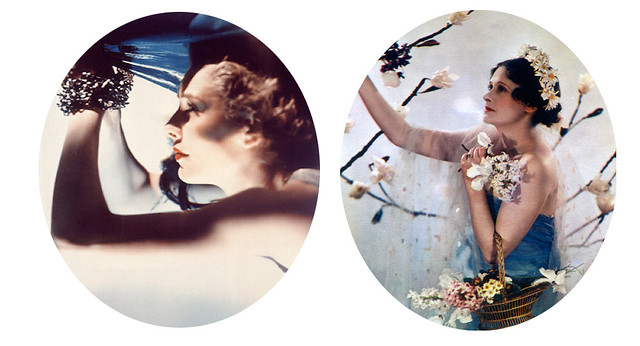
Mrs Richard Hart Davis as Ariel & Lady Anne Rhys as Flora
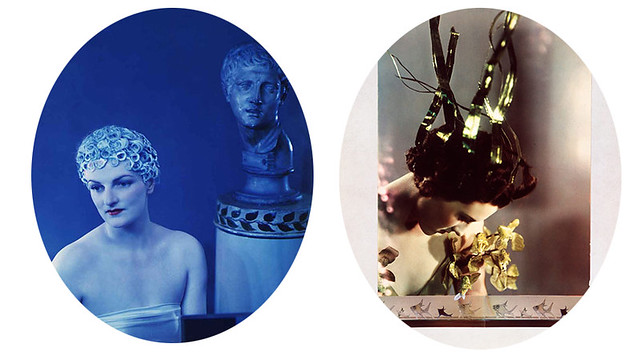
Mrs Anthony Eden as Clio & Lady Bridgett Poulett as Arethusa

Mrs Brian Guinness as Venus & Margaret, Duchess of Argyll as Helen of Troy
All photographs taken from the Guardian
This exhibition focuses on a series of 1935 photographs in which 1930s society women (the majority known predominantly by their husbands' names) portray Classical heroines in these experimental colour portraits. Here we have Clio, the muse of history, portrayed by Beatrice Beckett, the wife of the future prime minister Anthony Eden, and Margaret, Duchess of Argyll as Helen of Troy (ironically she is best known for her scandalous divorce from her Duke in 1963 after an affair).
The images are in many ways far more interesting than the results of Mario Testino's famous ability to get his subjects to strip off – Madame Yevonde adds layers, and through the veneer of these otherworldly characters, highlights the contrasts between the independent mythical goddesses of old and the 'goddesses' of the early twentieth century.
The images are in many ways far more interesting than the results of Mario Testino's famous ability to get his subjects to strip off – Madame Yevonde adds layers, and through the veneer of these otherworldly characters, highlights the contrasts between the independent mythical goddesses of old and the 'goddesses' of the early twentieth century.


